How to Time Your Fishing Trips With Spawning Seasons
For anglers seeking to maximize their fishing success, understanding spawning seasons can be the difference between a fruitful outing and coming home empty-handed. Fish behavior changes dramatically during spawning periods, creating unique opportunities and challenges for fishermen. These reproductive cycles affect where fish congregate and influence their feeding patterns, aggression levels, and vulnerability to various fishing techniques. By aligning your fishing trips with these natural rhythms, you can dramatically improve your chances of a successful catch while practicing responsible conservation. This comprehensive guide will walk you through the essentials of timing your fishing excursions with spawning seasons across different species and environments.
Understanding Fish Spawning Basics

Spawning represents the reproductive phase in a fish’s lifecycle, typically occurring once or twice annually, depending on the species. During this period, fish focus primarily on reproducing rather than feeding, significantly altering their typical behavior patterns. Most fish species exhibit predictable spawning seasons triggered by environmental factors, including water temperature, daylight hours, and seasonal changes. The spawning process generally involves female fish releasing eggs while males release milt (sperm) to fertilize them externally, though some species have more complex reproductive strategies. Understanding these biological imperatives helps anglers predict fish movement, concentration areas, and optimal fishing approaches during these critical periods.
Seasonal Spawning Calendar for Popular Freshwater Species
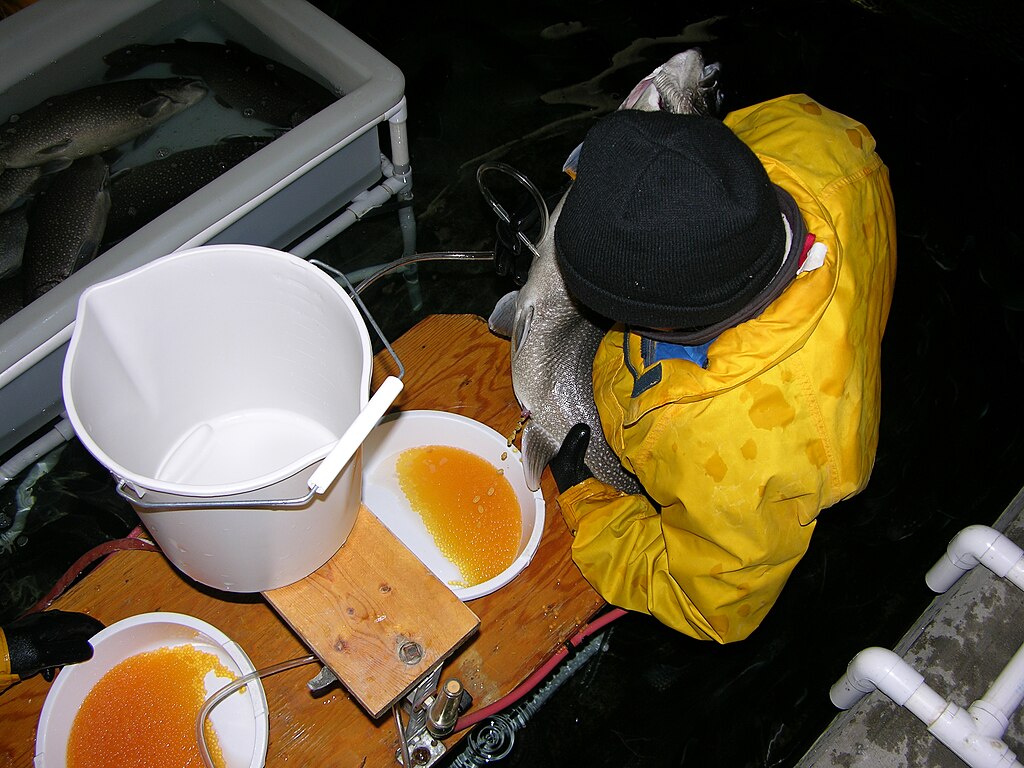
Different freshwater species follow distinct spawning schedules throughout the year, creating a rotating calendar of fishing opportunities. Largemouth bass typically spawn in spring when water temperatures reach 55-65°F, building nests in shallow waters and becoming territorial around their breeding grounds. Walleye begin their spawning runs earlier, often when ice is just breaking up, with peak activity occurring when water temperatures hit 42-50°F. Trout species vary considerably, with rainbow trout spawning in spring, while brown trout spawn in fall months when water cools. Crappie and bluegill tend to spawn later in spring into early summer, creating excellent fishing opportunities as they congregate in large numbers. Creating a seasonal fishing calendar based on local species can help you target the most active fish throughout the year.
Saltwater Spawning Patterns and Migration
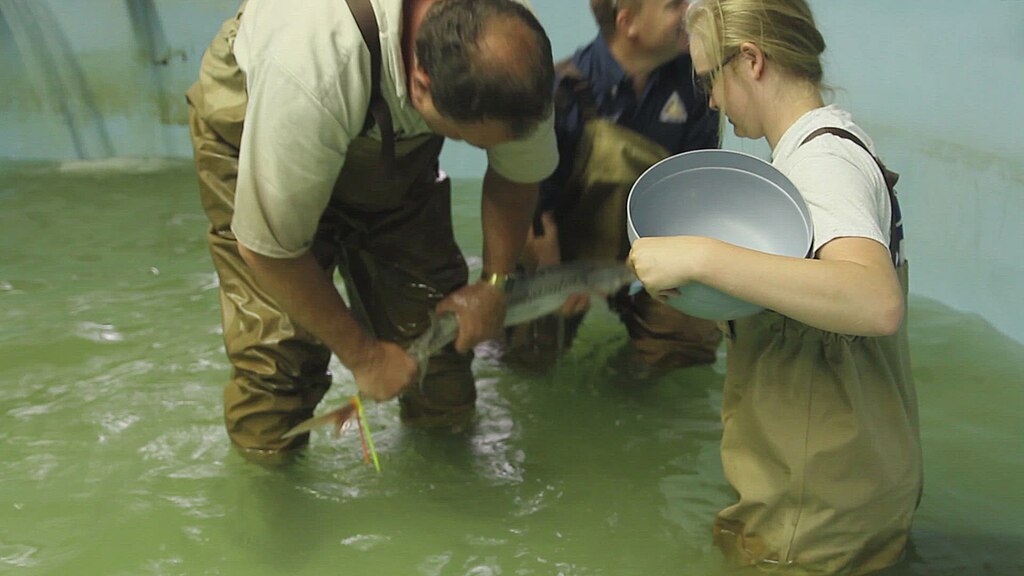
Saltwater species often undertake remarkable migrations during spawning seasons, creating predictable windows of fishing opportunity. Many coastal species move inshore to spawn, including flounder, red drum, and striped bass, making them more accessible to shore and small-boat anglers during these periods. Pelagic species like tuna and billfish may travel thousands of miles to reach specific spawning grounds, with Atlantic bluefin tuna famously gathering in the Gulf of Mexico and Mediterranean Sea during their breeding season. Understanding these migration patterns allows offshore anglers to position themselves along these routes for optimal success. Unlike freshwater species, many saltwater fish spawn in open water rather than on nests, releasing millions of eggs that drift with currents until hatching.
Pre-Spawn Fishing Strategies
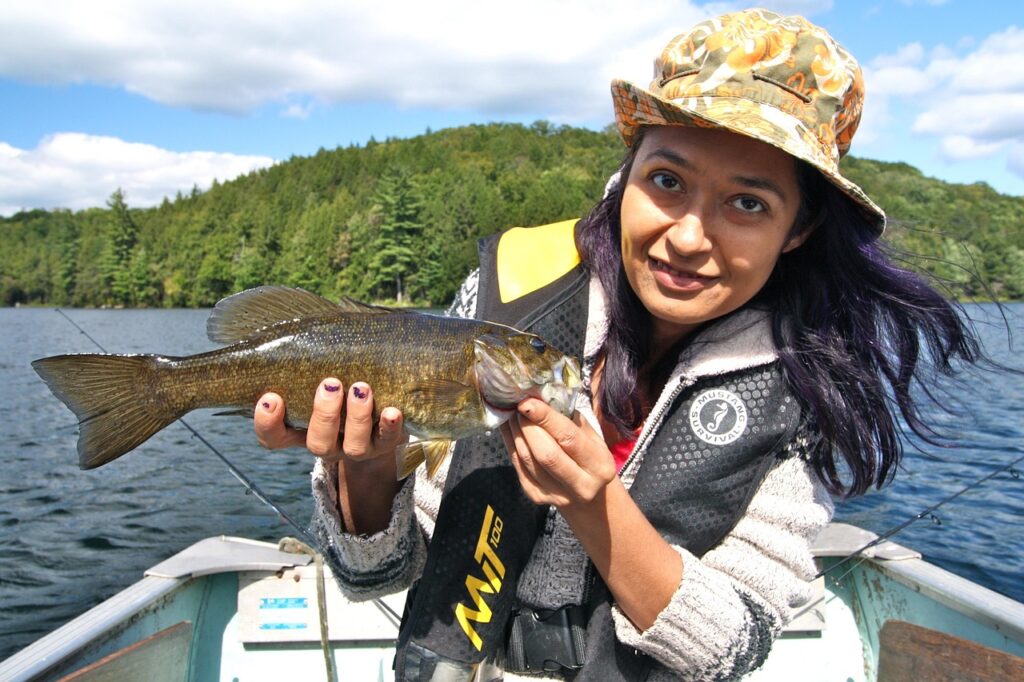
The pre-spawn period often provides some of the year’s best fishing opportunities as fish actively feed to build energy reserves for the demanding reproductive period ahead. During this phase, fish typically move from deeper winter holding areas toward spawning grounds, creating predictable migration routes that savvy anglers can exploit. Metabolic rates increase with warming waters, making fish more aggressive and willing to strike at a variety of lures and baits. For species like bass, this period is characterized by feeding frenzies around structures adjacent to spawning flats, with fish often gathering in staging areas before moving to nesting sites. Targeting these transition zones with search baits like crankbaits and spinnerbaits can produce exceptional results as fish compete aggressively for food.
Peak Spawn Tactics and Ethics
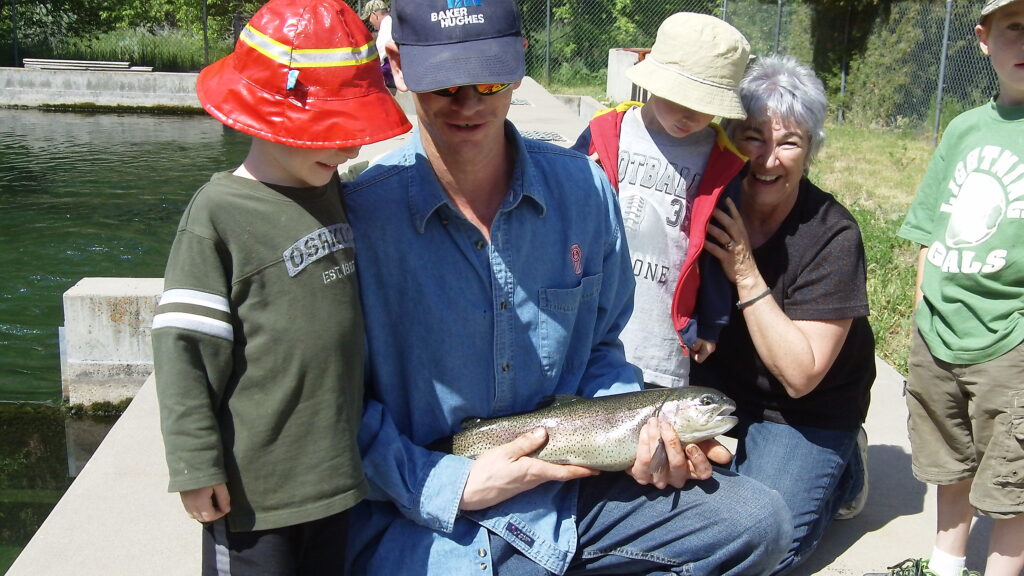
Fishing during peak spawning periods requires special considerations for both effectiveness and conservation. Many species become less focused on feeding during actual spawning, but may strike reactively at perceived threats to their nests or territories. For nest-building species like bass and sunfish, sight fishing becomes highly effective as these fish remain visible and defensive around their breeding areas. However, ethical anglers should consider catch-and-release practices during this vulnerable period, with quick handling and immediate release to minimize stress on breeding fish. Some jurisdictions implement closed seasons or protected areas during spawning to safeguard fish populations, so always check local regulations before planning your trip. When practicing catch-and-release during spawning seasons, try to return fish to the same area where they were caught to maintain spawning behavior.
Post-Spawn Recovery Periods
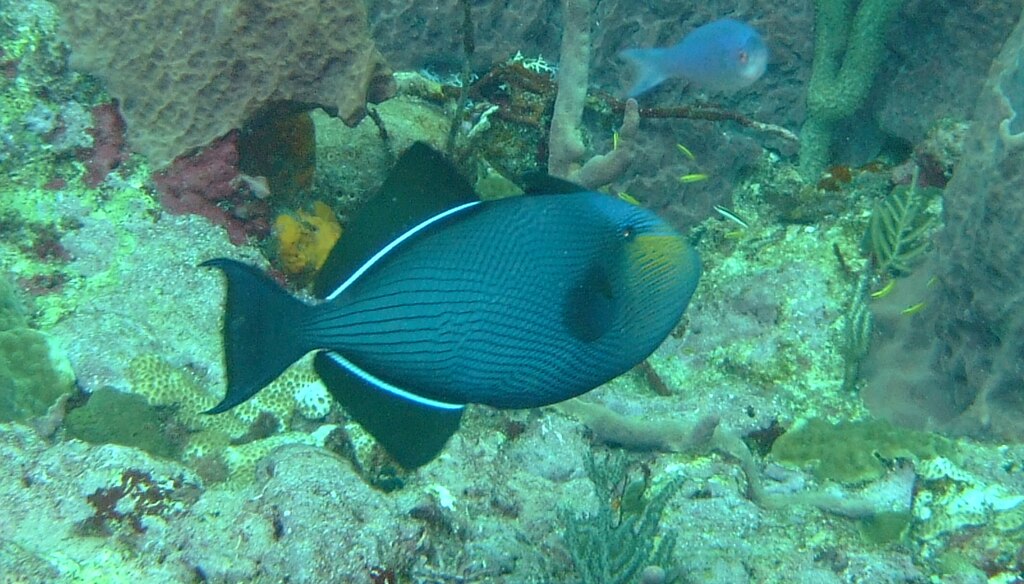
After completing the energy-intensive spawning process, fish enter a recovery period that presents distinct fishing challenges and opportunities. During this phase, many species, particularly females, are physically depleted and focus primarily on recuperating through active feeding. Fish typically move from shallow spawning areas to deeper, cooler waters with proximity to feeding grounds, creating new patterns that anglers must adapt to. Males of some species, like bass, may remain near nesting sites to guard fry, making them susceptible to protective strikes even when not actively feeding. This recovery period often coincides with seasonal bait migrations or hatches, creating natural feeding triggers that wise anglers can match with their presentations for consistent success.
Water Temperature: The Critical Spawning Trigger
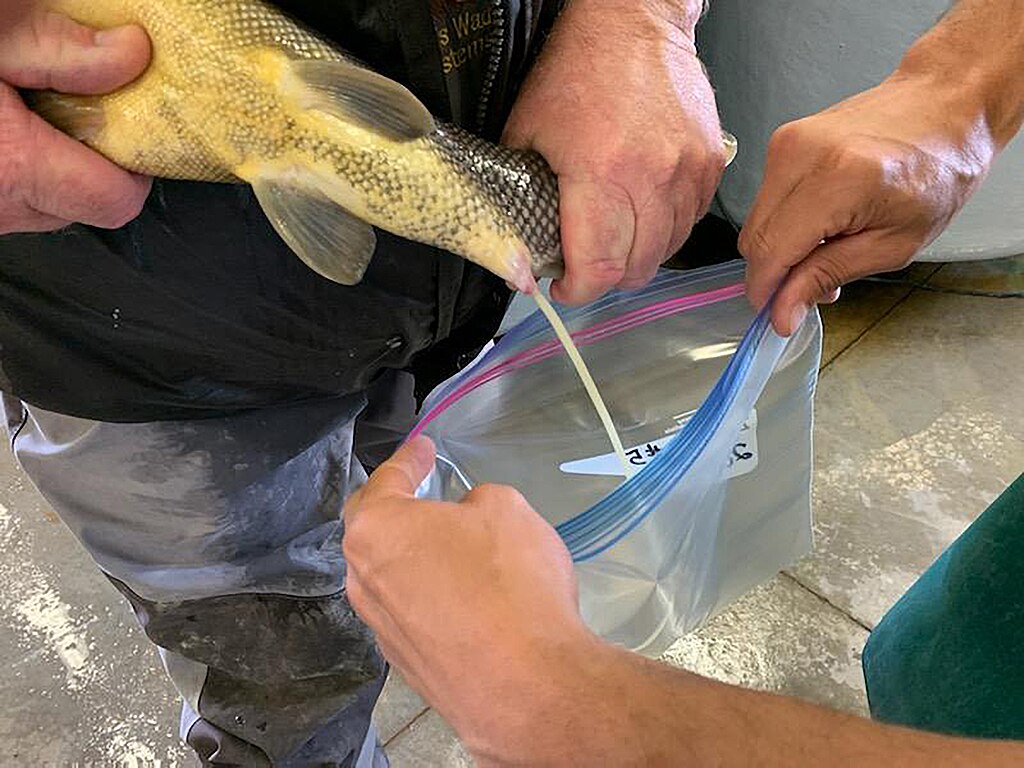
Water temperature serves as the primary catalyst for spawning activity across most fish species, making it the single most important factor for timing your fishing trips effectively. Each species has evolved to reproduce within specific temperature ranges that optimize survival rates for its offspring. For instance, smallmouth bass typically spawn when water temperatures stabilize between 55-65°F, while northern pike prefer the colder 40-52°F range. Carrying a reliable water thermometer can help you monitor these conditions and predict when spawning activity will begin in your local waters. Temperature patterns can vary significantly between different sections of the same body of water, creating microclimates where spawning might occur earlier or later than surrounding areas. Understanding these temperature-based spawning windows allows you to track the progression of spawning activity throughout a system and adjust your fishing locations accordingly.
Moon Phases and Spawning Intensity

The lunar cycle exerts a significant influence on spawning behavior in many fish species, particularly in saltwater environments where tidal movements are more pronounced. Full and new moons typically trigger the most intensive spawning activity, with many species coordinating their reproductive efforts during these periods when stronger tidal flows help distribute eggs and larvae. This lunar synchronization is especially notable in species like tarpon, snook, and various reef fish that often spawn around full moon periods. Freshwater species also respond to lunar influences, with crappie and bluegill showing increased spawning activity during full moon phases. Planning fishing trips around these lunar peaks can dramatically increase your chances of encountering active fish, though the specific effects vary by species and region. Combining lunar calendar awareness with seasonal and temperature data creates a powerful predictive tool for timing your fishing excursions.
Regional Variations in Spawning Timing
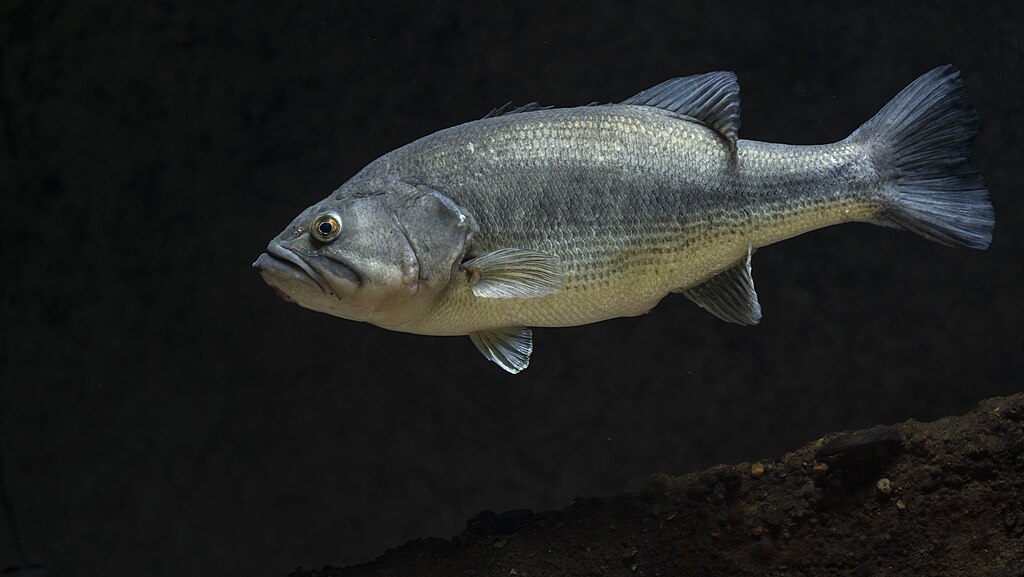
Geographic location significantly influences spawning schedules, with the same species often spawning weeks or even months apart depending on latitude and local climate conditions. Southern waters typically see earlier spawning activity due to warmer temperatures arriving sooner in the year. For example, largemouth bass may spawn as early as February in Florida but wait until June in northern Minnesota. Altitude also affects timing, with higher elevation lakes and streams experiencing later spawning runs than lowland waters in the same region. Local weather patterns and annual climate variations can advance or delay typical spawning periods by weeks, requiring anglers to adjust their expectations rather than relying solely on calendar dates. Developing relationships with local bait shops, fishing guides, or online fishing communities can provide real-time intelligence about spawning activity in specific waters.
Habitat Selection During Spawning Seasons

Different fish species select specific habitat types for spawning, creating predictable concentration areas that informed anglers can target. Bass species typically prefer firm substrates like gravel, sand, or hard clay in protected areas for nest building, often adjacent to deeper water escape routes. Trout and salmon seek out gravel beds in moving water with good oxygen flow, typically in upstream sections of rivers and streams. Panfish like bluegill favor shallow, sandy bottoms in protected bays where sunlight can warm the water and nests are sheltered from strong currents. Understanding these habitat preferences allows anglers to quickly identify potential spawning areas on any body of water, even when visiting for the first time. During spawning periods, focusing your efforts on these prime reproductive habitats rather than typical feeding zones can dramatically increase your success rate.
Fishing Pressure and Spawning Behavior
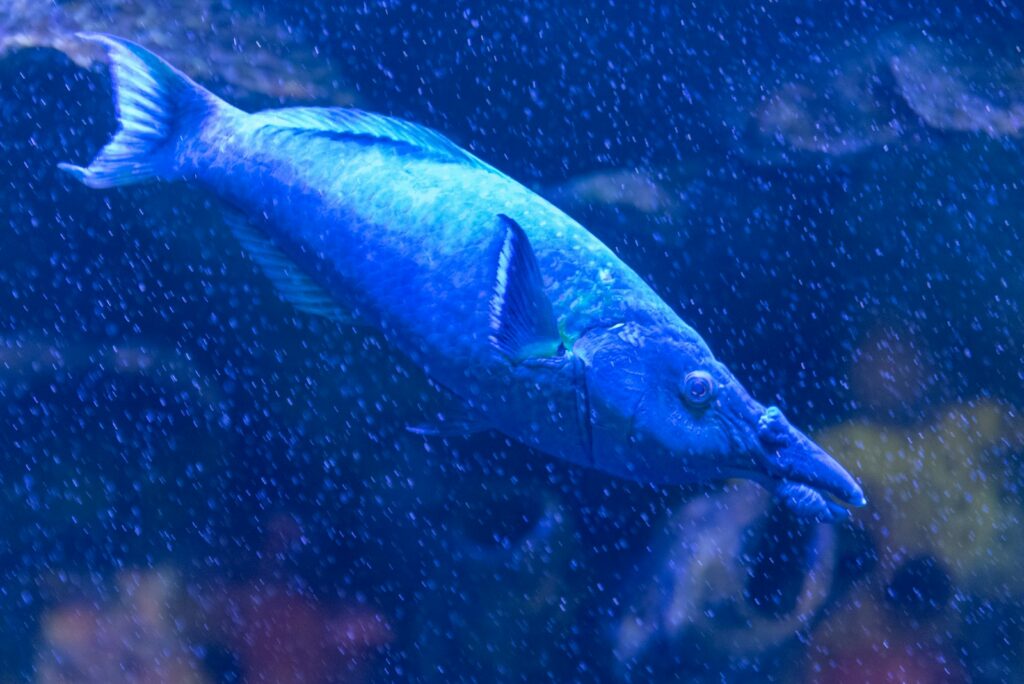
Heavy fishing pressure during spawning seasons can significantly alter fish behavior and potentially impact reproductive success. Fish in heavily fished waters often become more wary during spawning, sometimes abandoning nests or moving to less accessible areas when repeatedly disturbed. On pressured waters, successful anglers typically seek out more remote or difficult-to-access spawning areas that receive less attention from other fishermen. Using more subtle, natural presentations and downsizing lures can improve success rates when targeting pressure-sensitive spawning fish. In some cases, particularly with catch-and-release fishing for species like bass, temporarily avoiding known spawning beds altogether represents the most ethical approach, focusing instead on pre-spawn or post-spawn fish. Understanding how fishing pressure affects local populations helps responsible anglers balance their pursuit of sport with conservation concerns.
Technology and Tools for Tracking Spawning Activity
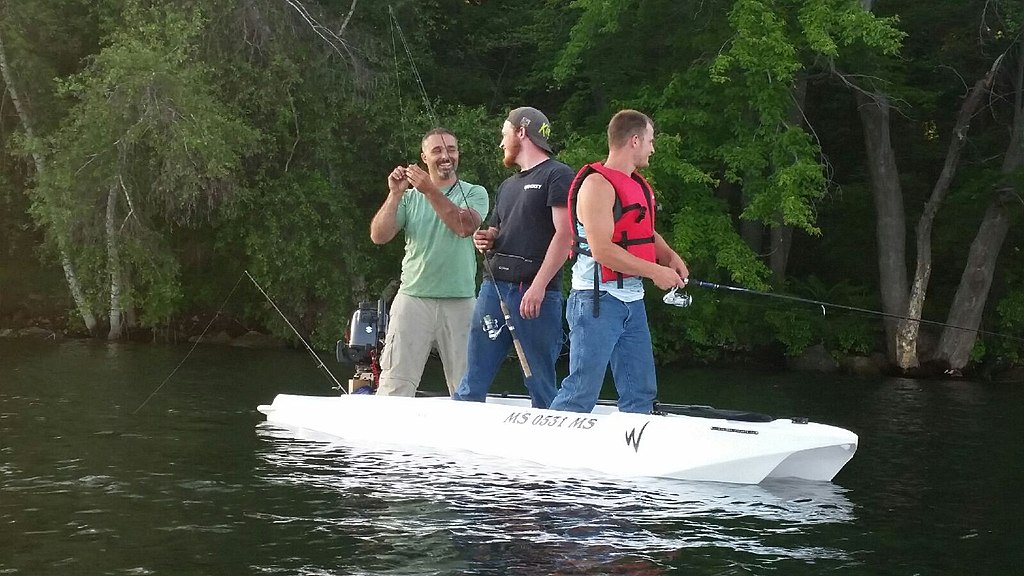
Modern technology offers anglers unprecedented ability to monitor and predict spawning conditions across different waters. Fishing apps with water temperature tracking, weather forecasting, and seasonal fish movement predictions help anglers time their trips more effectively than ever before. Underwater cameras allow direct observation of spawning activity without disturbing fish, providing valuable intelligence about the stage of the spawn in specific locations. Online fishing forums and social media groups dedicated to regional fishing reports often share real-time information about spawning progression. Some fishery management agencies even publish spawning forecasts or updates for popular species, particularly for important game fish like walleye or salmon. Combining these technological resources with traditional knowledge and personal observation creates the most reliable approach to timing your fishing trips with spawning seasons.
Conservation Considerations During Spawning Seasons

Responsible anglers recognize the importance of conservation practices during the vulnerable spawning period when fish populations renew themselves. Many regions implement special regulations during spawning seasons, including complete closures, catch-and-release requirements, or restricted fishing areas to protect breeding fish. Practicing careful catch-and-release techniques becomes especially critical during spawning, including using barbless hooks, minimizing air exposure, and properly supporting fish during handling. Avoiding excessive disturbance of spawning grounds, including refraining from boat or wading traffic directly over active spawning beds, helps protect eggs and newly hatched fry. Understanding that today’s spawning fish represent tomorrow’s fishing opportunities encourages a conservation mindset that balances the pursuit of sport with resource preservation. By practicing and promoting these conservation principles, anglers contribute to healthier fish populations and better fishing for future generations.
Conclusion
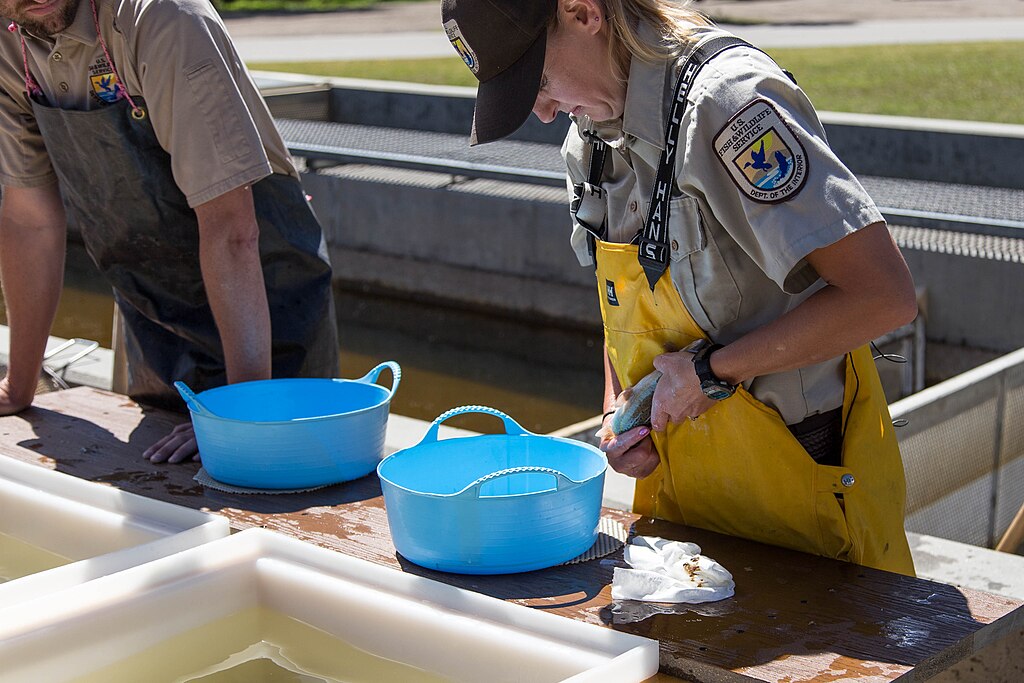
Successfully timing your fishing trips with spawning seasons represents one of angling’s most rewarding challenges, blending scientific understanding with outdoor experience. By studying the spawning patterns of your target species, monitoring environmental conditions, and adapting your techniques to each phase of the reproductive cycle, you can dramatically improve your fishing success throughout the year. Remember that responsible fishing during these critical periods ensures that fish populations remain healthy for future generations of anglers. Whether you’re pursuing bass in spring, salmon in fall, or any species in between, aligning your fishing strategy with nature’s reproductive rhythms connects you more deeply with the waters you fish and the species you pursue.


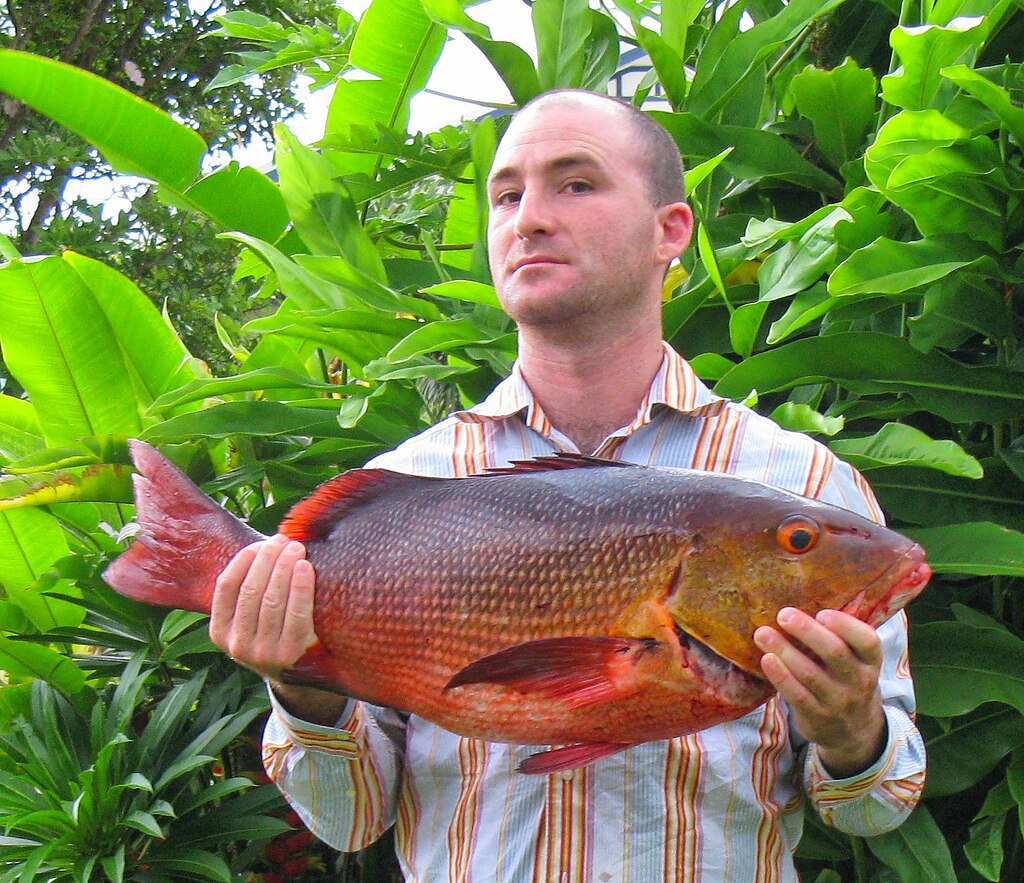











Post Comment